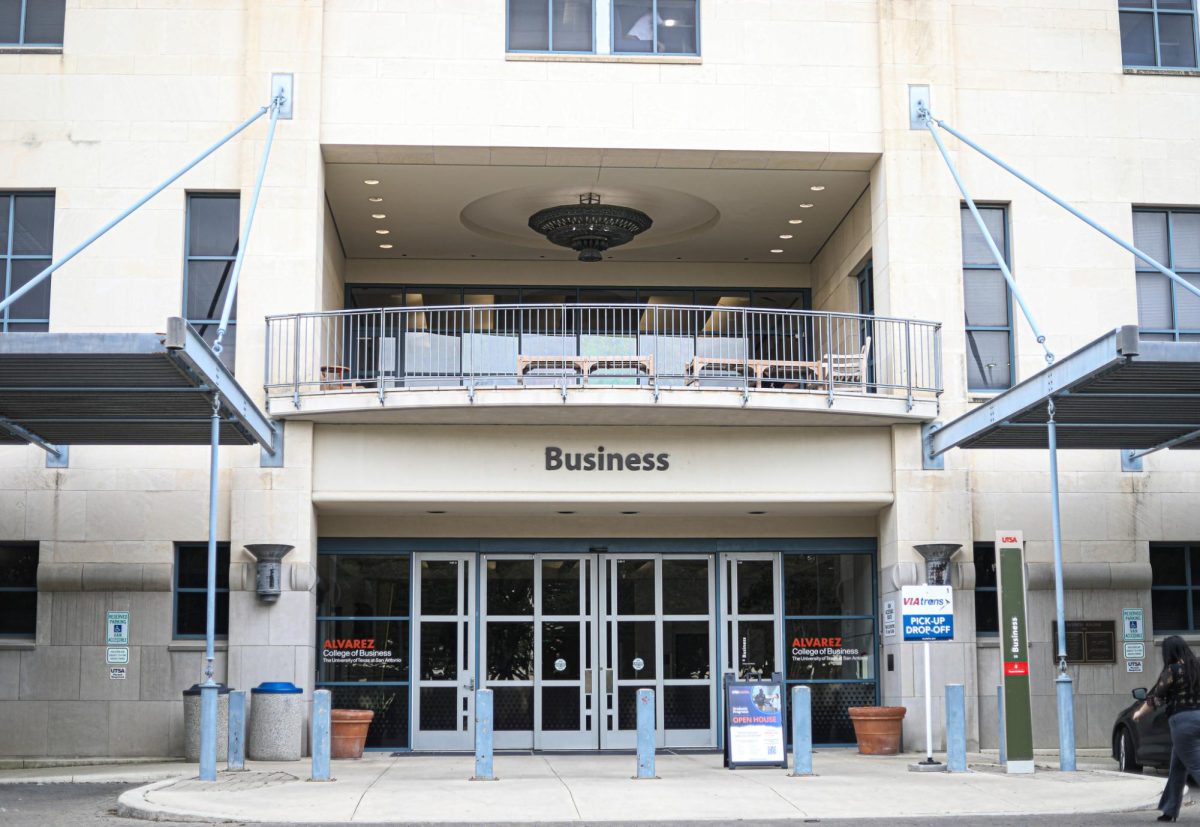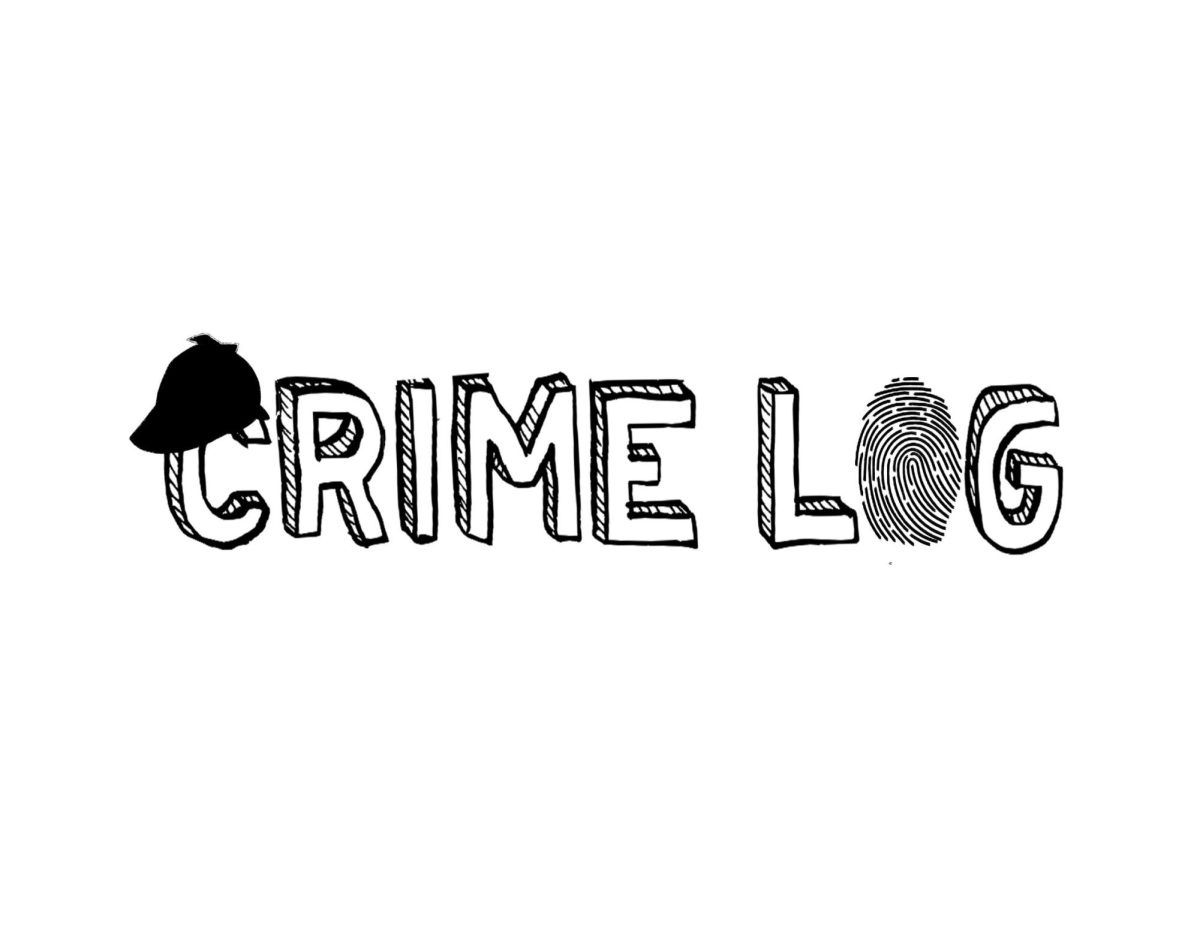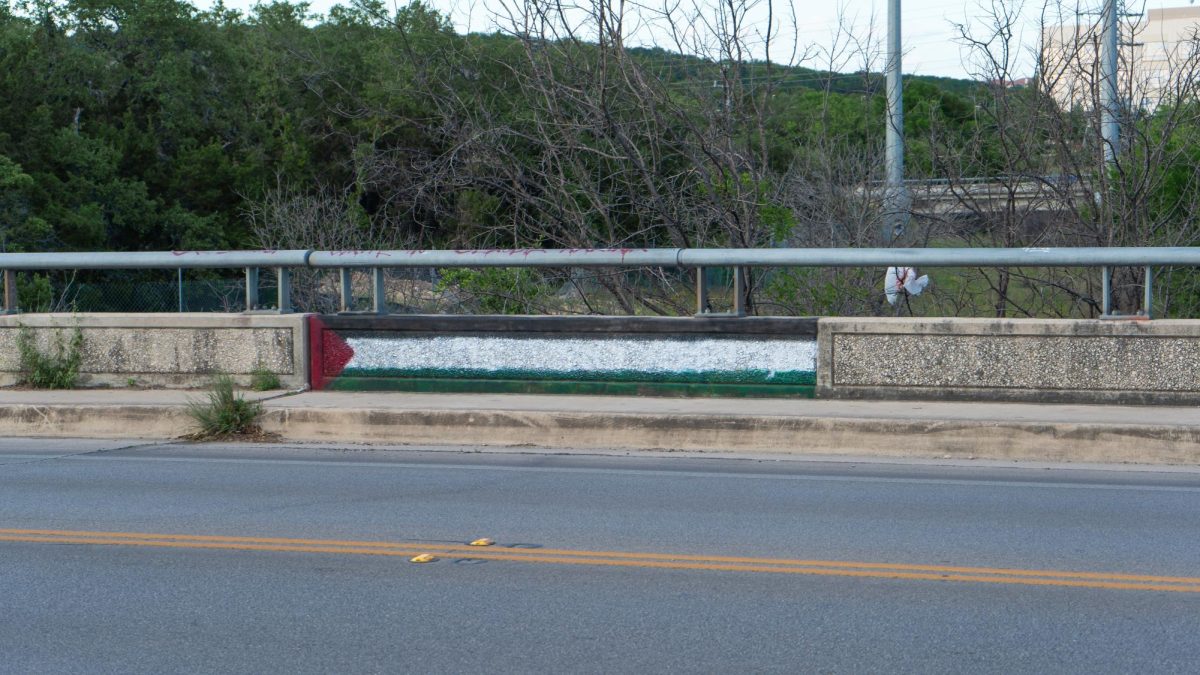
Since July 2011, close to 50 theft incidents have occurred on the University of Texas at San Antonio. Considering that the number is spread over four months, it is right on target with 2010 statistics.
“UTSA averages around 160 thefts a year,” Chief of Police Steve Barrera said. “The city of San Antonio has 80,000-90,000 thefts (per year)”
The Jeanne Clery Disclosure of Campus Security Policy and Campus Crime Statistics Act, signed into law by President George H. W. Bush in 1990, requires the publication of the number of incidents for the seven major categories of crimes on campus.
Those seven categories, as determined by the Clery Act, are: 1) criminal homicide, further defined by a) murder and non-negligent manslaughter and b) negligent manslaughter; 2) sex offenses, further defined by a) forcible sex offenses (including rape) and b) non-forcible sex offenses; 3) robbery; 4) aggravated assault; 5) burglary; 6) motor vehicle theft; and 7) arson.
According to Barrera, there are three types of stealing: theft, burglary and robbery.
Theft is stolen property that was out in the open, in public and is often a crime of opportunity; a laptop left at a table in the library, a phone left in the bathroom stall or a bike left unsecured. Burglary occurs when someone enters a habitation or building, or breaks into a vehicle to steal something. Robbery occurs any time something is forcibly stolen from another person.
Theft is not one of the categories required in the annual security report published by the UTSA police department, but it is listed on the Clery Act Public Crime Log, also known as the police blotter, which can be found on the UTSA police department website, http://utsa.edu/utsapd.
The UTSA police department has 52 officers and 37 guards that patrol the campus on foot, in cars, on bicycles or motorcycles. “There are also hundreds of security cameras on campus, which help us solve a lot of crimes,” Barrera said.
UTSA has an anti-theft campaign called “Secure It, Keep It.” Sergeant Geoffrey L. Merritt, who heads up the Crime Prevention Unit said, “Twice a year we run a month long awareness blitz to remind people that theft is a crime of opportunity and that if people lock it, take it with them, hide it, [and] secure it then they get to keep it.”
Many students understand their role in preventing theft. “There’s a sense of responsibility. You should take with you anything you don’t want stolen,” said Monika Coronado, UTSA student.
“You can’t rely on just one element of security,” Merritt said. “We also have community members that help us too.” Merritt explained that as part of the Emergency Management program, “we have floor captains, and they are a visible, dynamic part of keeping this campus safe. Each building and each floor has floor captains.”
The top three items stolen at UTSA are laptops, bicycles and small electronics, such as iPods, cameras and phones.
Barrera strongly recommends students, faculty and staff participate in Operation Identification, which involves engraving property with an identifying number, such as a driver’s license.
“The driver’s license alone is the best thing to put on there, because if we recover it we can run that driver’s license and find out who it belongs to,” Barrera said. “We do not recommend using a social security number.”
A would be thief is often deterred by seeing that the item is easily identifiable, which would make it difficult to resell.
“The risk is minimal as far as identity theft is concerned by using the driver’s license,” said Merritt. “The benefit is far out weighed either by being able to recover it or to deter the theft.”
Another option for recovery of a stolen laptop is subscribing to a laptop locator service. LoJack, Prey and Tometa Software are a few companies that provide software that can track and locate a stolen laptop.
At the beginning and end of each semester, textbooks are also at the top of the list of items stolen. UTSA police and area bookstores are working together to prevent the resale of stolen books.
One way they are accomplishing that task is through Operation Bookmark, which involves marking the textbook with an identifying number, such as the owner’s driver’s license. A log can be kept that lists the name of the book and the page number that is marked.
Dominique Reyes, freshman residing at Laurel Village said she feels fairly comfortable leaving her books in the library, but “| always take my purse and phone with me.” By marking her book, Reyes could potentially recover her books, should they be stolen.











